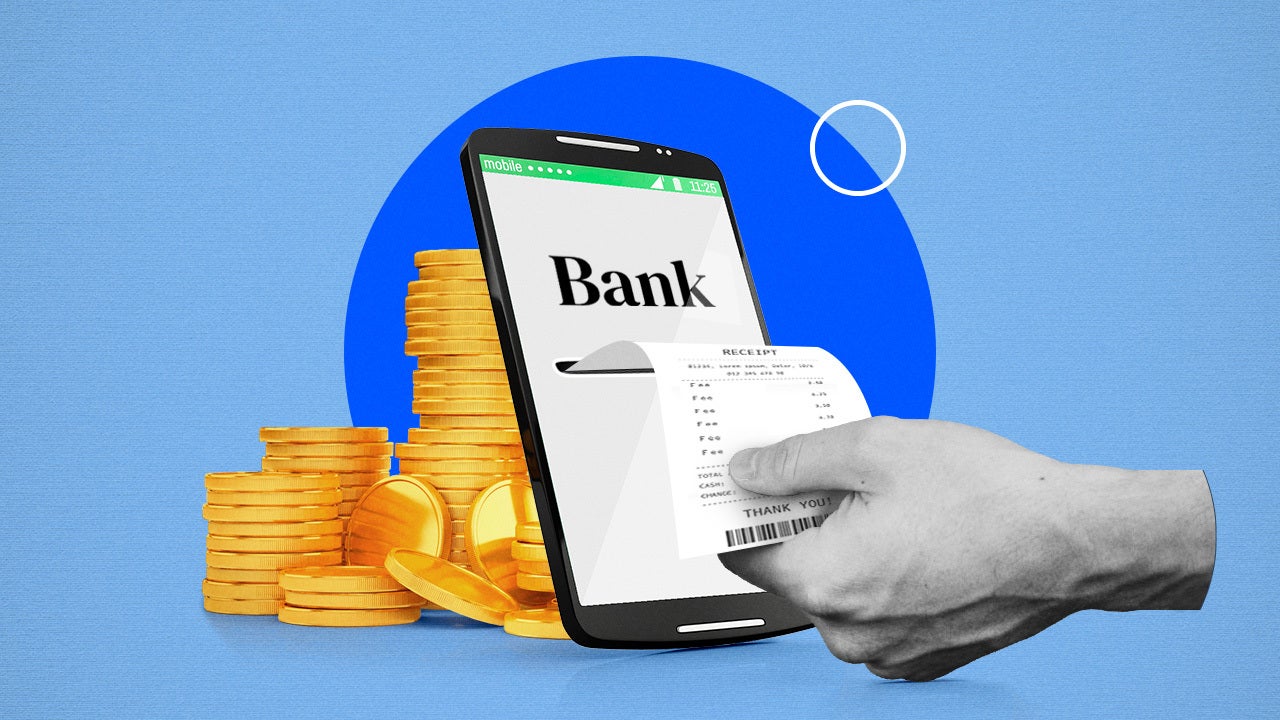Survey: Despite safety concerns, 64% of U.S. cardholders save their information online

As new digital products and services enter the market and continue to make sharing personal financial information like credit and debit cards the norm, online safety is more important than ever.
According to the latest survey from Bankrate Credit Cards, six in 10 U.S. credit or debit cardholders (64 percent) say they have saved their card number online or in mobile apps despite safety concerns.
“[Saving card information] is very convenient and saves us time, but it does come with some risks,” says Kelvin Coleman, executive director of the National Cyber Security Alliance. “If your account is taken over or hacked by a bad actor, then you’re effectively giving them the keys to the kingdom.”
Americans are saving their card information online
The survey finds that more than half (56 percent) of U.S. adults save their credit or debit card information on a retailer or service’s website (like Amazon, Walmart or Netflix) while 32 percent save their credit or debit card information in a mobile payments app (like Apple Pay or Google Pay). Another 20 percent have memorized their credit or debit card number.
Who’s storing information
In most cases, members of the generation that grew up with the Internet more often save and memorize their card information compared to other generations. Yet when it comes to having saved a credit card number on a retailer or service’s website, Gen X has millennials beat.
Sixty percent of millennials have saved card information on a retail or service’s website compared to 61 percent of Gen X and 51 percent of baby boomers. Forty-seven percent of millennials have saved a card number on a mobile payment app, compared to 36 percent of Gen X and 51 percent of boomers, and 25 percent of millennials have memorized a card number compared to 21 percent of Gen X and 14 percent of boomers.
There’s a larger generational difference in saving debit card information on a retailer or service’s website. Forty-three percent of millennials have done so compared to 41 percent of Gen X and 26 percent of boomers.
Most shoppers don’t feel safe storing financial information online
While the majority of Americans willingly save their credit or debit card information online, they don’t feel particularly safe doing so.
“Wherever you decide to store your information, make sure it’s a reputable, extraordinarily thorough, diligent entity that’s going to protect your information. Once you give [your information] over, there’s not a whole lot you can do except trust that entity to keep your information safe,” says Coleman.
Only 8 percent of U.S. adults say they feel very safe to store their financial information online, whereas 44 percent say they feel “somewhat safe,” 31 percent feel “not very safe” and 17 percent feel “not safe at all.”
This may not come as a surprise considering recent high-profile data breaches that have swept the news landscape. Though the total number of breaches reported in 2018 was down 23 percent from 2017 according to the Identity Theft Resource Center, the number of Consumer PII (personally identifiable information) records exposed went up 126 percent from 2017.
Credit and debit card numbers are commonly considered sensitive information which, if stolen, may lead to identity theft.
“You may think you’re being more responsible with a debit card because you’re avoiding debt, but that’s a security risk because if hacked, the crook has direct access to your checking account,” says Ted Rossman, industry analyst at Bankrate.
Saved card information may encourage impulse buying
According to the survey, over half (56 percent) of U.S. adults have made an impulse purchase online in the past three months, 70 percent have within the past year and 83 percent have at some point in their lives.
“While a streamlined payments process is good for consumers, it’s important not to view this as an excuse to overspend and buy things impulsively. That’s the downside of being able to pay so easily – retailers are able to separate you from your money that much faster,” says Rossman.
Who’s impulse buying by generation
Millennials, in particular, have made more impulse purchases online in the past week, month and three months compared to Gen X and baby boomers.
Additionally, millennials reign as the generation who has most often saved or memorized their card information, which may explain the group’s higher tendency to make impulsive purchases online. Twenty-five percent of millennials have memorized either a credit or debit card number compared to 21 percent of Gen X and 14 percent of baby boomers.
The future of your financial information online
A new technology called Secure Remote Commerce (SRC) allows for streamlined and secure online checkout experiences via digital payment terminals. It can also be thought of as a technology that permits consumers to hit a single button to complete the checkout process.
“I generally advise people against saving their payment info online to prevent impulse purchases,” Rossman says. “Because Secure Remote Commerce relies on a single login that works across sites, it will be harder to adhere to that advice moving forward.”
Though the single login technology of Secure Remote Commerce may lead to impulse purchases, it also provides heightened security potential.
“Improved online payments security is a benefit of Secure Remote Commerce… I’m glad to see that Visa, Mastercard, American Express and other EMVco participants are deepening their online security,” says Rossman.
When purchasing online, leave the debit card behind
To further protect your financial information online, try to use a credit card rather than a debit card when making online purchases.
“If your credit card information is compromised, most credit card companies are well equipped to reverse fraudulent transactions and issue new cards,” says Spencer Stephen, financial planner at Rooted Interest, LLC. “Debit cards leave you more vulnerable and subject to your financial institution’s capabilities to reverse transactions or issue refunds if fraudulent activity is discovered.”
Discover credit cards, for example, offer card freezing features that allow you to pause your account if you suspect fraud and prevent more purchases being charged to your account. Many Chase credit cards offer similar protections, like zero liability (meaning you won’t be held accountable for fraudulent transactions) and real-time fraud monitoring that will alert you to suspicious activity.
Fend off the urge to impulse buy
“Impulse buys can be fun, and the high volume of unplanned purchases speaks to consumer confidence and the strength of the economy, but these expenditures have the potential to wreck your budget,” says Rossman.
Instead, Rossman suggests sticking to a shopping list, deleting any card numbers saved online and following a 24-hour rule in which you wait a day before buying something to ensure you still want it.
“You really need to stay disciplined, especially if you’re among the 60 percent of credit cardholders who carry debt from month to month,” he says.
Methodology:
Bankrate.com commissioned YouGov Plc to conduct a consumer survey. Total sample size was 2,596 adults. Fieldwork was undertaken on September 18-20, 2019. The survey was carried out online and meets rigorous quality standards. It employed a non-probability-based sample using both quotas upfront during collection and then a weighting scheme on the back end designed and proven to provide nationally representative results.





